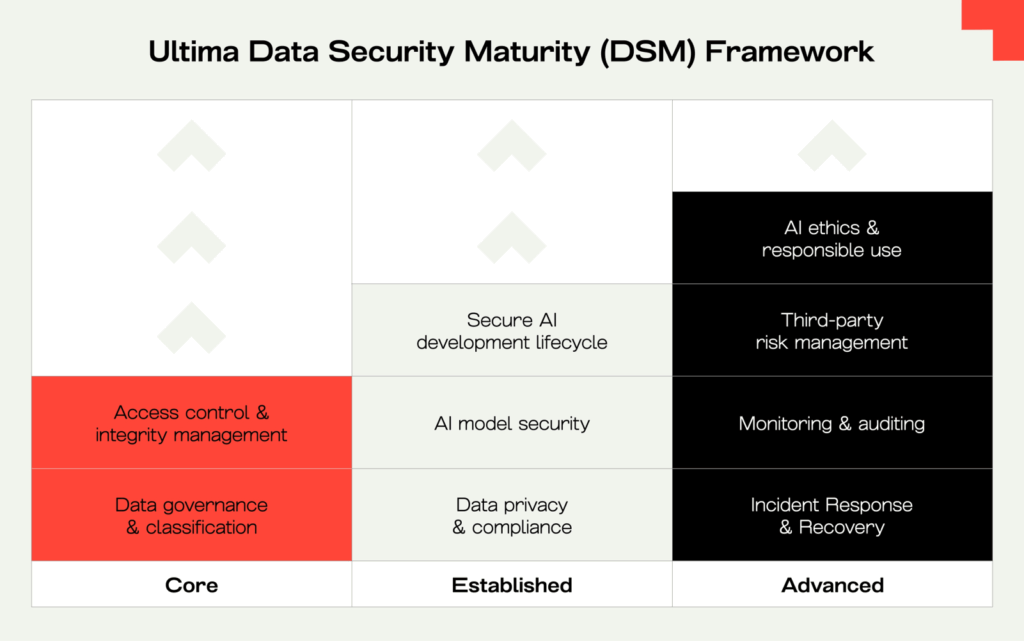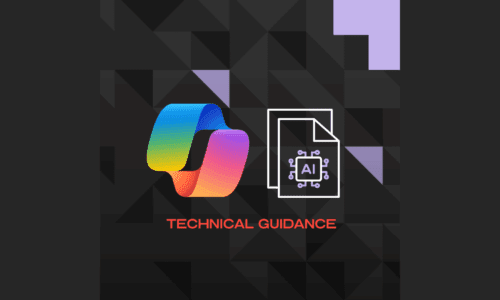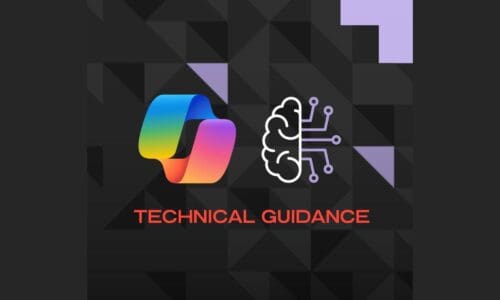What is the Data Security Maturity Framework?
There's a gap in the market for actionable, strategic guidance around Data Security Maturity. Industry-recognised frameworks provide the theoretical foundation, but time-stretched IT leaders often need more; the actual approach itself is missing. We saw this as an opportunity to build something that’s really needed – a framework for Data Protection that you can get your teeth into.
Ultima's Data Security Maturity (DSM) Framework takes the guesswork out of your Data Security roadmap. It helps assess your current posture, identify gaps, and remodel your strategy to make use of the most accessible opportunities. The result: a structured, scalable approach to Data Security with measurable impact and ROI you can demonstrate to the organisation.
Understanding the Data Security Maturity Framework
Ultima’s Data Security Maturity Framework addresses common, high-impact Data Protection challenges and helps you take advantage of valuable ‘low hanging’ opportunities. It breaks down Data Security into progressive stages of maturity – Core, Established and Advanced – across key areas like visibility, governance, tooling and culture.
Rather than starting from scratch, the framework helps you build on what you already have. Many organisations are already deploying good Data Security practices, but these efforts are often fragmented across departments, systems, and processes. The Data Security Maturity Framework helps bring everything together into a cohesive strategy, supporting your innovation, protecting customer trust, and aligning your investments with business outcomes.

Data Security Maturity ‘Levels’
The three levels of the Data Security Maturity framework — Core, Established, and Advanced — provide organisations with a structured, rational pathway for improvement. For many, Data Security is simply too complex to address in a single effort. Many organisations fail when they attempt a big-bang approach, trying to tackle every risk at once. We call this the ‘elephant sandwich’ problem. By dividing the journey into phases, the framework makes the challenge manageable and measurable, empowering IT and Security teams to make real progress.
Each level builds logically on the one before, ensuring that investment is never wasted. For example, automation in classification cannot succeed until a classification model has been defined, making ‘Core’ a necessary foundation for later maturity. The staged model also ensures that organisations see meaningful progress incrementally, with each level building on the strengths of those below.
The levels are designed not only as a roadmap for immediate improvement but also as a means of getting future ready. As new technologies and threats and technologies emerge, practices naturally shift between stages without undermining the work already completed. This creates a model that evolves alongside the broader landscape, helping organisations maintain a strong foundation and remain resilient.
What challenges does the Data Security Maturity Framework help solve?
The Data Security Maturity Framework has the potential to transform how Security leaders apply Data Protection within their organisations. In summary, it helps resolve these key challenges:
- Lack of visibility: Many organisations don’t have a full picture of where their sensitive data is located, making it difficult to protect. The Data Security Maturity Framework helps by providing best practice for visibility and classification, enabling organisations to identify, understand, and control their data.
- Fragmented approaches: Security efforts are often siloed, with different departments using different tools and methods. The framework unifies these efforts by providing a shared language, consistent structure, and cross-functional alignment. This helps break down departmental barriers and ensure that Data Protection is coordinated across the organisation.
- Difficulty aligning tools and processes: Integrating technical solutions with business objectives remains a major hurdle. The Data Security Maturity bridges this gap by offering an outcome-driven roadmap that connects Security practices with strategic business goals. It ensures that tools and processes are not only technically sound but also aligned with compliance, operational efficiency and innovation.
- Strategic challenges: In organisations, especially those without a dedicated or substantial Security function, Data Protection can lack direction completely. The framework helps these teams accurately validate their Data Security posture and measure its gradual increase as they begin to address high-risk weaknesses.
What makes the framework unique?
Our Data Security Maturity Framework is purpose-built so that you can take action and incrementally build your Data Security posture – sometimes seeing results in a matter of weeks.
It's intentionally designed to adapt and evolve, ensuring it remains relevant as technologies and threats change. It focuses on practical areas of Data Security that matter now, with the flex to shift over time. For example, AI governance was once considered an advanced capability but, with rapid adoption, is already moving into the Established and even Core stages. Similarly, automated classification — once cutting-edge — is becoming a baseline requirement.
This adaptability means that organisations needn’t restart their journey each year; the work they’ve already done continues to provide value as new practices are layered. The framework also evolves with the threat landscape: as quantum computing matures, for instance, it will become part of the Advanced stage, while monitoring & auditing may shift downward as more organisations adopt them.
Its flexibility also makes it suitable for different industries and sizes of organisation. Whether a business is starting with fragmented on-premise data or operating in a Multi-Cloud environment, the framework can be tailored to their context. In this way, it avoids the trap of being purely theoretical and instead acts as a living model — one that grows alongside your organisation and the broader Security Landscape.
Applying the Data Security Maturity framework
Many organisations are already implementing aspects of Data Security, but without a structured framework, these efforts are usually ineffective because of their disconnect. The Data Security Maturity Framework overcomes this by offering a clear, strategic model tailored specifically to data. It enables organisations to assess where they currently stand, identify gaps, and move forward with confidence.
A practical way to begin is through a Data Security Review. This is a structured assessment that positions your organisation at a level within the Data Security Maturity framework, verifying your current posture and highlighting the most impactful next steps.
By adopting the Data Security Maturity Framework, organisations can:
- Streamline decision-making with a clear, linear roadmap
- Reduce risk and exposure by addressing each component of data security systematically
- Align security efforts with objectives, to maximise impact
- Build trust with customers, partners and regulators
- Support innovation, especially with AI, by ensuring data is well-managed and protected
Getting started with the Data Security Maturity Framework
So, where to begin? Our Data Security Review helps you take your first step with the Security Maturity Framework.
Through a 45–60 minute consultation, our Security Consultants will assess your current posture overview, identify risks and opportunities prioritised according to your business, and recommend a roadmap for advancing your maturity step-by-step through the framework.
Want to know more?






